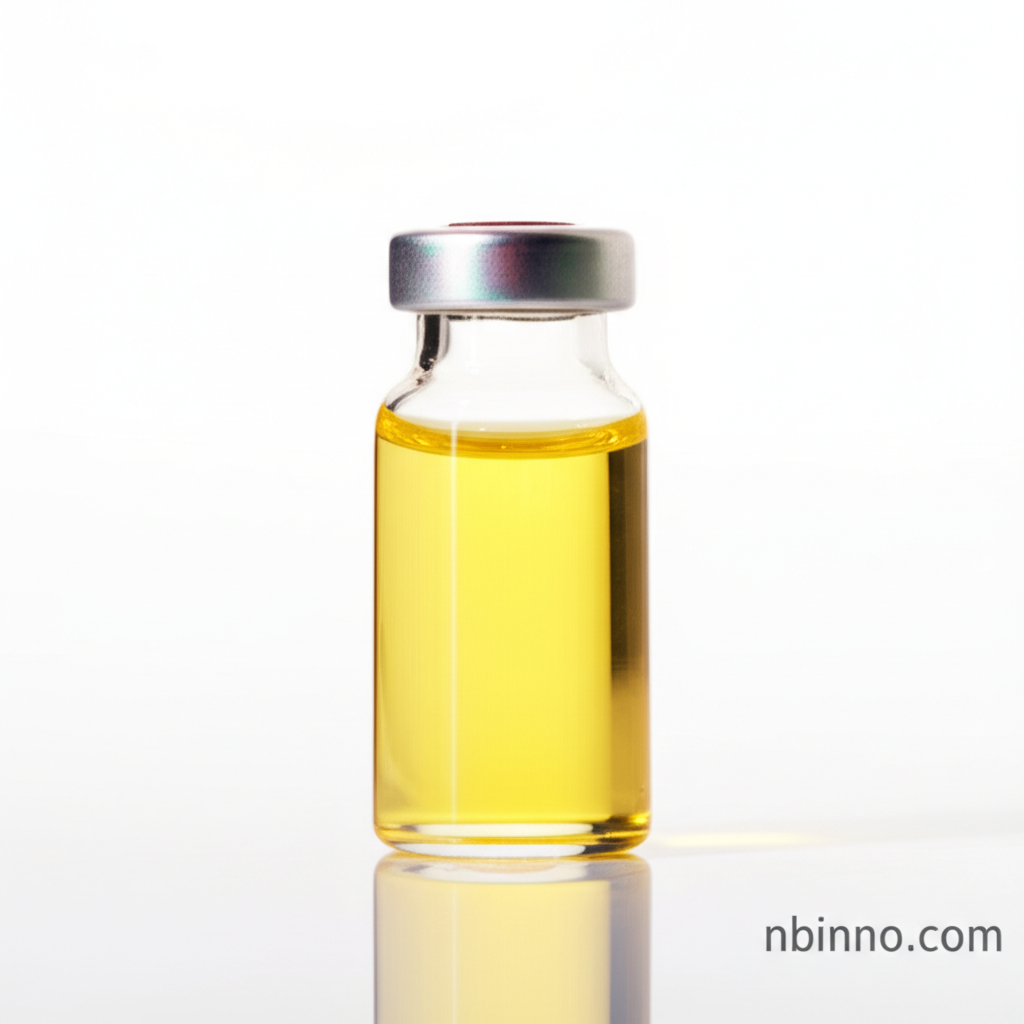Unveiling 2-(2-Bromoethyl)-1,3-Dioxolane (CAS 66004-57-7)
A versatile intermediate for advanced chemical synthesis and UV-curing applications.
Get a Quote & SampleProduct Core Value

2-(2-Bromoethyl)-1,3-Dioxolane
This compound, known by CAS 66004-57-7, is a critical building block in the chemical industry. Its unique structure makes it invaluable for synthesizing complex molecules and advanced materials, particularly in the realm of UV curing technologies and as a fine chemical intermediate.
- Discover the specific synthesis applications for 2-(2-bromoethyl)-1,3-dioxolane as a vital chemical intermediate. The compound is recognized for its role in creating specialized materials that benefit from precise molecular architecture.
- Explore the properties of 2-(2-bromoethyl)-1,3-dioxolane for advanced UV curing formulations. Understanding its characteristics is key to optimizing performance in light-activated curing processes.
- Source high-purity 2-(2-bromoethyl)-1,3-dioxolane from reliable manufacturers. Quality is paramount for achieving consistent results in demanding chemical applications.
- Investigate the use of bromoethyl dioxolane in complex organic synthesis projects. Its reactivity and structure lend themselves well to intricate chemical transformations.
Key Advantages
Versatile Chemical Intermediate
Leverage the versatility of 2-(2-bromoethyl)-1,3-dioxolane in various chemical synthesis pathways, contributing to innovation in fine chemicals.
Enhances UV-Curing Performance
Utilize this compound to improve the efficiency and characteristics of UV-cured coatings, inks, and adhesives, a key benefit for many industrial applications.
High Purity Standards
Benefit from the stringent purity levels of our product, ensuring reliable and predictable outcomes in your sensitive chemical processes, crucial for pharmaceutical intermediates.
Key Applications
UV-Curing Materials
As a key component in UV-curing formulations, this chemical intermediate contributes to fast and efficient polymerization processes, ideal for coatings and adhesives.
Fine Chemical Synthesis
Its reactive bromoethyl group and stable dioxolane ring make it a valuable building block for synthesizing a wide array of fine chemicals with specific properties.
Pharmaceutical Intermediates
The compound serves as a crucial starting material or intermediate in the multi-step synthesis of active pharmaceutical ingredients (APIs), aiding in the development of new drugs.
Organic Synthesis Research
Researchers and chemists utilize this compound in laboratory settings for exploring new reaction pathways and developing novel organic molecules.
